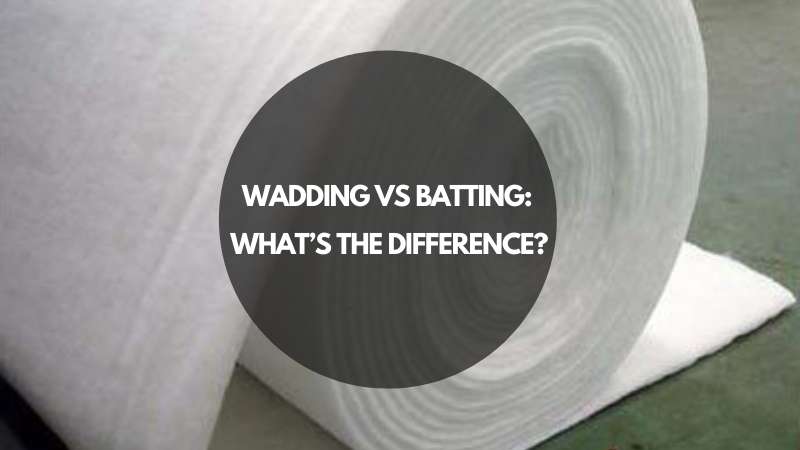Wadding vs Batting: What’s the Difference?
When it comes to quilting, there are a lot of choices to make. One of the most important decisions is what kind of batting you will use in your project. There are two main types of batting: wadding and batting. In this blog post, we will discuss the difference between these two types of batting and help you decide which one is best for your project!
Batting, also known as wadding, is a material that is sandwiched between two layers of fabric to make them warmer.
Batting and wadding are comparable materials, although they have different names. Batting is more likely to be a synthetic fiber, whereas wadding is more likely to be made of natural fibers like cotton or wool.
Both materials have their own unique benefits and drawbacks, so let’s take a closer look at each one!
However, the language we use for wadding and batting is what distinguishes them from one another.
We’ll go through everything there is to know about wadding and batting in this post so if you’re curious, let’s get started.
What is Wadding?
Wadding is a type of batting that is typically made from cotton, wool, or synthetic materials. It is used in upholstery, quilts, and other crafts to provide insulation, padding, and support. Wadding also helps to stabilize fabrics and prevent them from bunching up.
Difference Between Wadding and Batting
Bating is a three-dimensional material, usually made of cotton or wool, used for stuffing mattresses, quilts, and pillows. Wadding also is a three-dimensional material, but it is made from different types of materials like paper, cotton, or wool.
So, the two terms are not the same though they may be used interchangeably at times.
Batting is made from natural fibers, while wadding can be made from both natural and synthetic materials. Batting is also more resilient than wadding and can withstand more wear and tear.
Batting and wadding are both padding materials, although there is a significant difference between the two. The primary distinction between batting and wadding is their linguistic origins; we utilize different words in different regions.
Different Types of Wadding
There are different kinds of wadding, but here are one of the most popular and used ones:
Cotton Wadding
Cotton wadding is a material made from cotton that is used for bating in quilts, pillows, and other items. It can also be used as a stuffing for dolls and other toys. Cotton wadding is a good choice because it is comfortable and durable. Plus, it can be washed and dried easily.
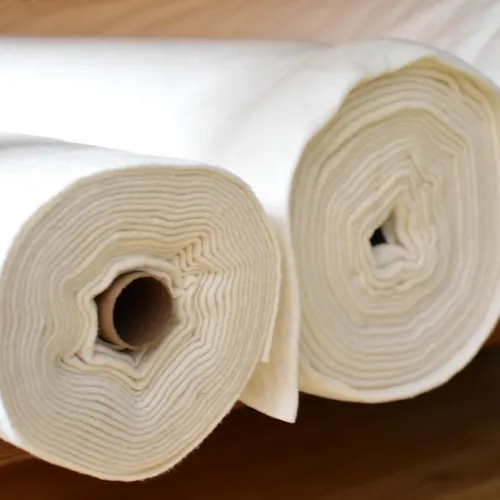
Wool Wadding
Wool wadding is a type of insulation that is made from sheep’s wool. It is used in various applications, such as in clothing, bedding, and furniture. Wool wadding is known for its ability to keep people warm in cold weather and cool in hot weather. It is also known for its durability and breathability.
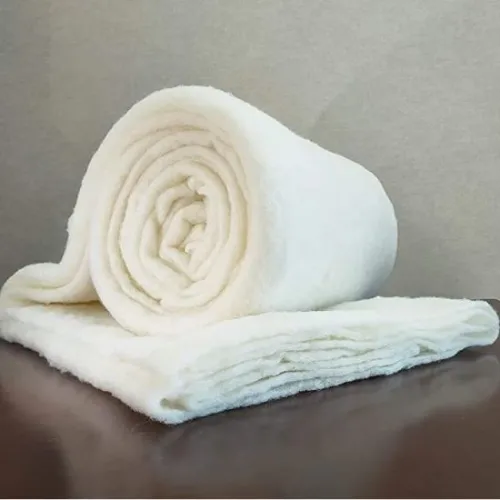
Polyester Wadding
There are several different types of wadding available on the market, but one of the most popular is polyester wadding. This type of wadding is made from synthetic materials, and it is known for its thermal insulation properties.
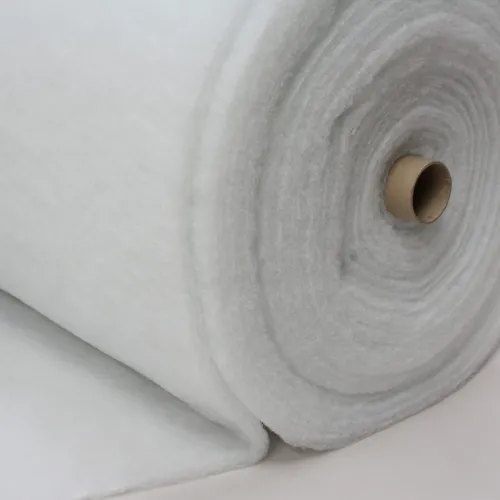
It can be used to fill duvets, pillows, quilts, and other bedding items, and it can also be used as insulation in buildings. Polyester wadding is available in a range of thicknesses, and it is a relatively affordable option.
Acrylic Wadding
Acrylic wadding is a lightweight, non-woven fabric made from acrylic fibers. It is used to create quilts, rugs, and other textiles. Acrylic wadding is often compared to polyester batting, as both are lightweight and can be used for similar projects.
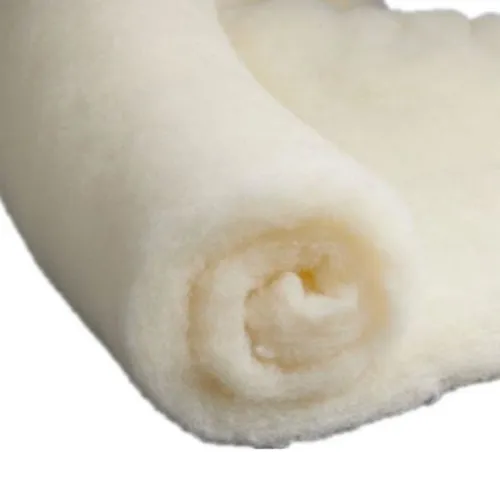
However, acrylic wadding is typically more expensive than polyester batting. It is also important to note that acrylic wadding is not as durable as polyester batting, so it may not be the best choice for projects that will be used heavily.
Blended Wadding
Blended wadding is a type of insulation that is made of different materials blended together. It can be made of natural or synthetic materials, and it is often used in fiberglass insulation. Blended wadding is effective at stopping the flow of air and heat, making it a popular choice for insulation.
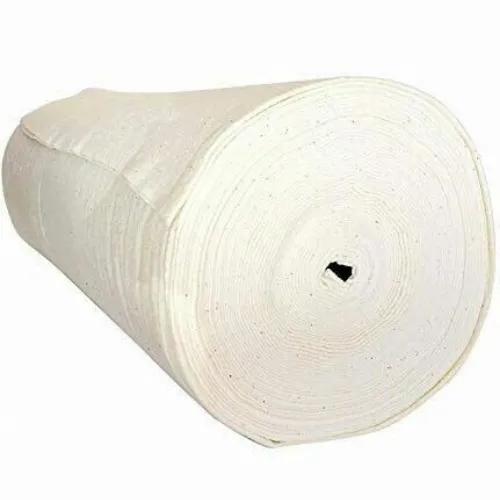
Fusible Wadding
This type of wadding is made of a synthetic material that is designed to melt when it encounters heat. It is often used in quilting projects, as it helps to hold the fabrics together and adds extra insulation. Fusible wadding is available in both thin and thick varieties and can be bought either as a pre-cut square or in a roll.
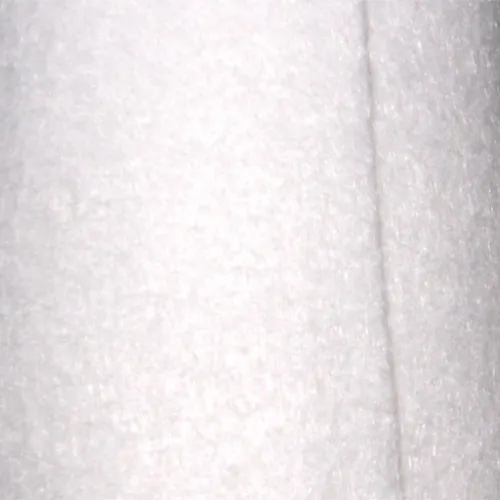
Bamboo Wadding
Bamboo Wadding is made from the pulp of bamboo fibers. The fibers are boiled and then beaten into a pulp. This is then mixed with water and formed into sheets, which are then dried. Bamboo Wadding is a natural product and is biodegradable.
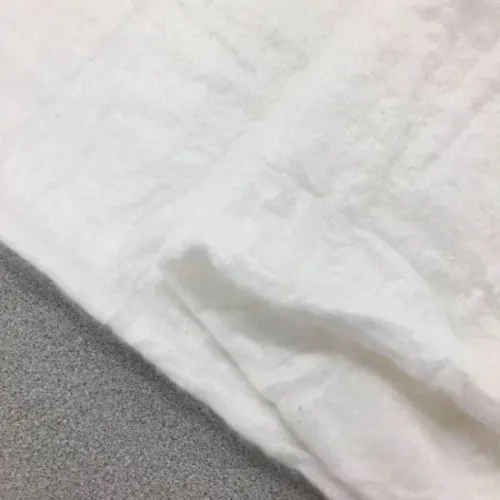
Silk Wadding
Silk wadding is made of silk fibers. It is a natural fiber that comes from the cocoon of the silkworm. Silk is a strong fiber, and it is also very absorbent. This makes it a good choice for wadding. Silk wadding is usually used in quilts and other types of bedding.
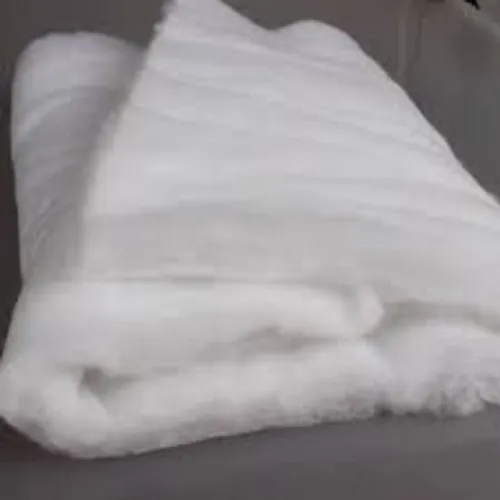
Needle-Punched Wadding
Needle punch wadding is a type of insulation made from small, crimped fibers. It is an environmentally friendly option, as it is made from recycled materials. It can be used in a variety of applications, including home insulation, automotive insulation, and clothing insulation. Needle punch wadding is also flame retardant.
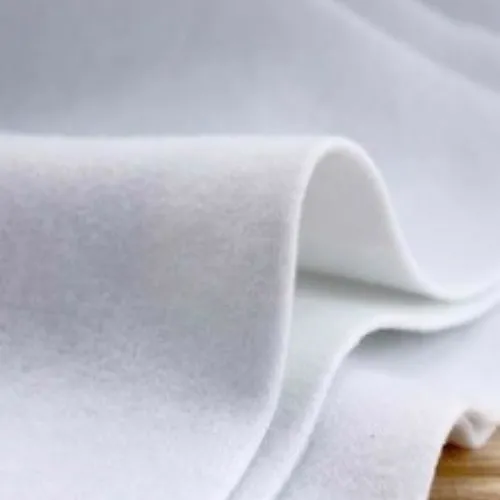
Heat-Resistant Wadding
Heat-resistant wadding is made from a mix of natural and synthetic materials, making it an excellent choice for projects that need long-lasting durability. It’s also available in a variety of thicknesses, making it ideal for both lightweight and heavy objects.
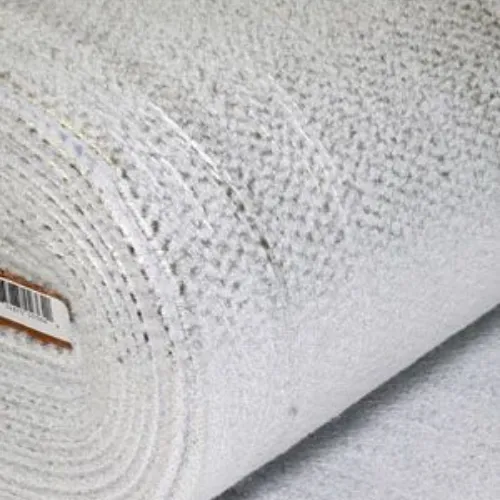
Heat-resistant wadding is heat-resistant glue treated, ensuring its safety when used at high temperatures.
Which Wadding is Best for You?
When deciding which type of wadding is best for your project, it is important to consider the following factors:
- Weight and thickness of the fabric you are using
- Climate you live in
- Purpose of the quilt or blanket
- The level of comfort you are looking for
- Your budget
The bottom line is that there is no one-size-fits-all answer to the question of which wadding is best. It all depends on your needs and what you plan to use the wadding for. So take the time to research your options and find the wadding that is best for you.
How to Use Waddings?
There are a few different ways to use wadding in your projects:
- Layer the wadding between two pieces of fabric and quilt it in place
- Attach the wadding to the back of the fabric with Heat-resistant adhesive
- Stitch the wadding to the fabric by hand or machine
When quilting, it is important to make sure the wadding is evenly distributed and that there are no lumps or bumps. Be sure to use a sharp needle and a thimble when quilting by hand.
Tips for Using Waddings
- For quilts with a lot of batting, use a thin wadding to avoid too much bulk.
- It’s important to pick the correct type of wadding for your project. There are many different kinds to select from, so be sure you get the one that is perfect for you.
- If you are making a quilt, it is important to use a wadding that will provide insulation.
- Choose a soft, lightweight wadding if you’re making a quilt for an infant.
- Always read the instructions carefully before you start working with wadding. This will help ensure that you do not make any mistakes and that your project turns out the way you want it to.
- When you are finished with your project, be sure to wash and dry the wadding according to the instructions. This will help keep it in good condition for future use.
- Wadding can be a bit expensive, so be sure to shop around to find the best prices.
Final Words
So, there you have it! Everything you need to know about what the difference between wadding and batting is and how to use them in your sewing projects.
Happy quilting :)

